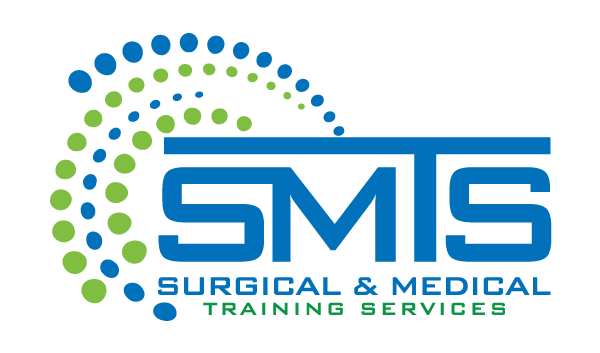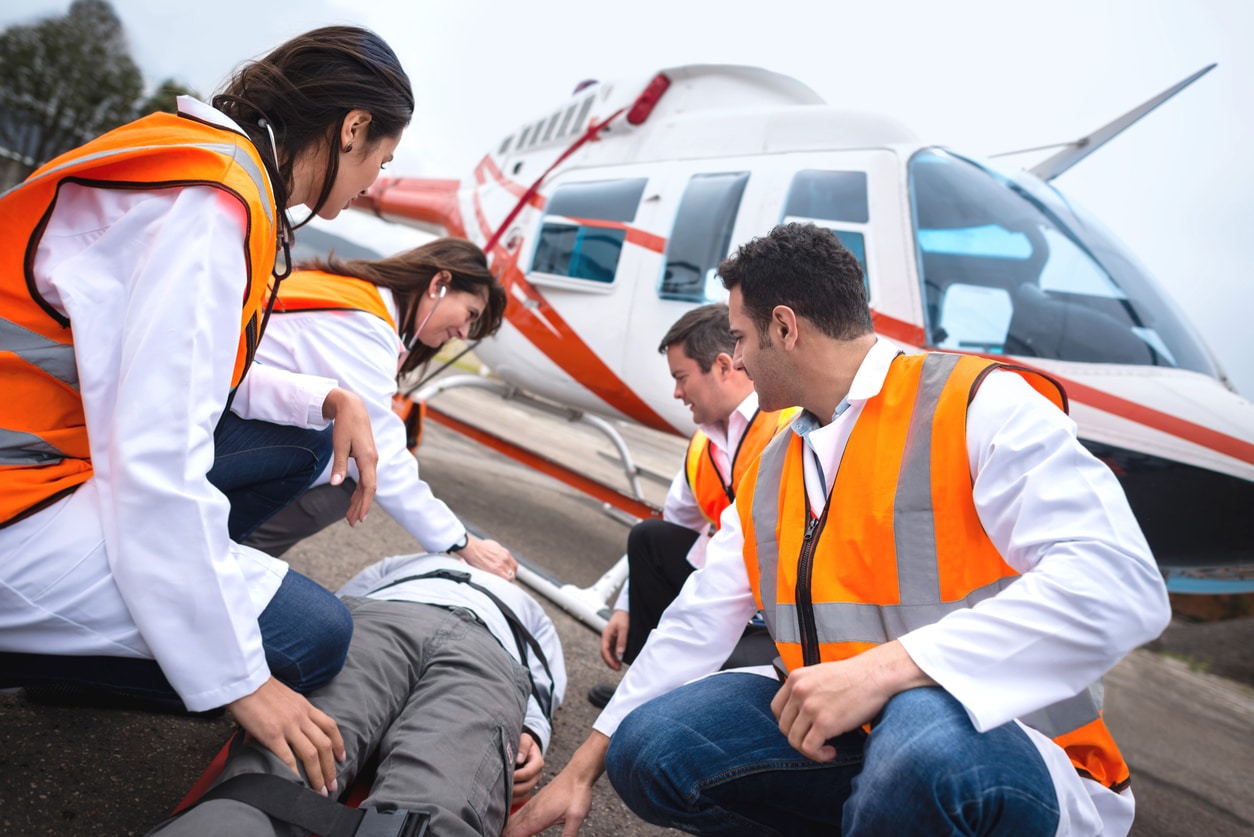Years ago, a day in the life of a paramedic may have involved basic patient or casualty transport. Since that time, expectations have gone from providing minimal interventions on scene or during transport to providing comprehensive emergency care. The care that today’s paramedic is expected to provide, without hesitation, spans the realm of trauma and medical procedures.
Paramedics must now develop competency in multiple invasive procedures. Examples include airway management via endotracheal intubation, tube thoracostomy, needle thoracentesis, surgical cricothyroidotomy, and several other emergency procedures. To be confident in making vital medical decisions on the fly, the paramedic must be competent in the performance of each. Strong working knowledge of human anatomy is the baseline for this competency. Studies indicate that the best way to gain skills is through real-life exposure and demonstration of procedures followed by the actual performance of these skills in a controlled environment.
“In a controlled environment” is key here. Not every paramedic is immediately competent in the various skills they will be required to demonstrate. Due to the nature of medicine, on the job training is simply not acceptable. With the demands on paramedics and first responders at an all-time high, the demand for suitable training modalities has intensified. Working on mannequin models doesn’t cut it. Like other vital medical personnel, paramedics need exposure to human tissue. A cadaver lab provides them with the perfect opportunity.
For many paramedics, the first clinical exposure they get to the human body is in a cadaver lab. Comprehensive training courses for first responders build familiarity with surface landmarks, internal structures, and other human characteristics that are vital to the successful performance of emergency procedures such as:
- Airway management
- Central access
- Saphenous access
- Suturing and ligation
- Tourniquets and pressure dressings
- Wound management
- Improvised splinting
- And more
There is No Time to Lose in Emergency Situations
First responders are the primary point of contact for patients in critical situations. There is no time to lose when life-saving procedures are needed. SMTS – Surgical & Medical Training Services is proud to provide the real-life skills courses that paramedics need to meet the increasing demands of their role in community service. To learn more about our cadaver labs and mobile training facilities, call (888) 801-9444.

